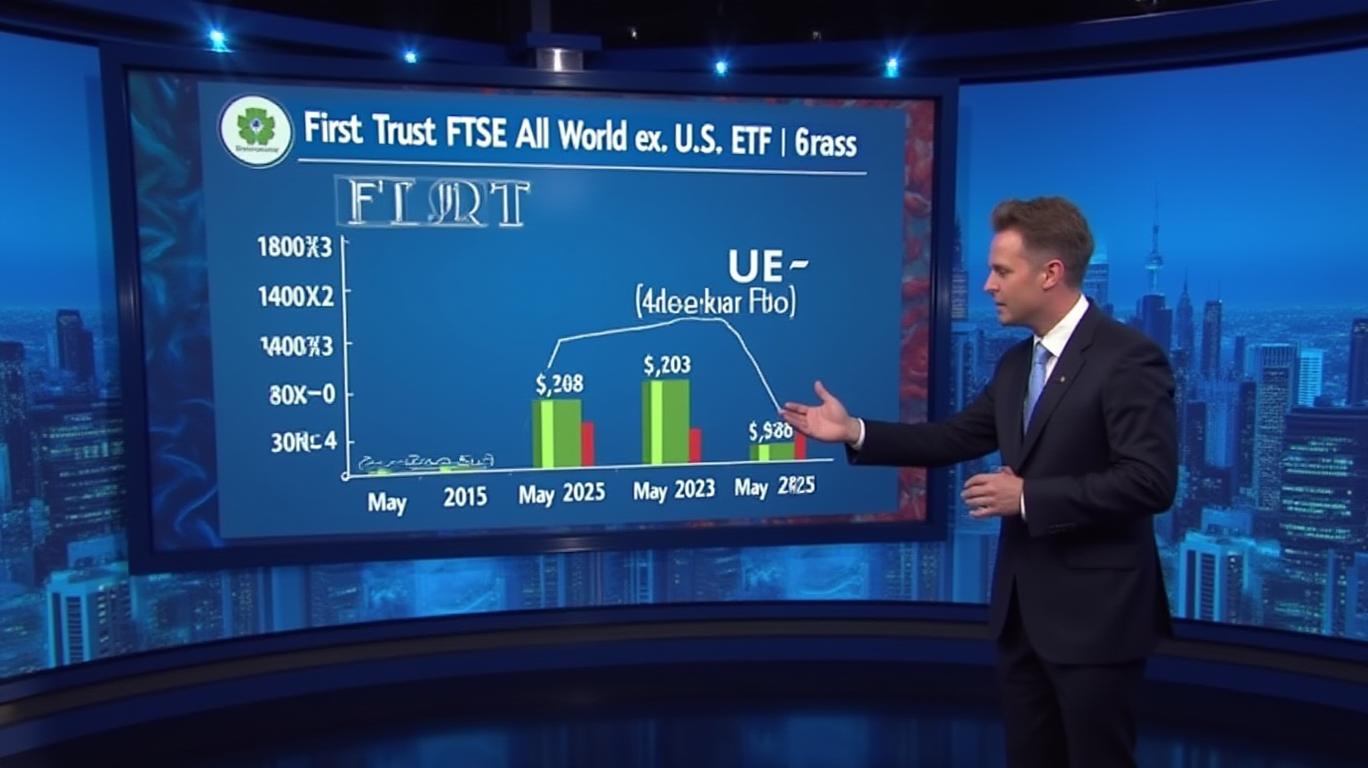AInvest Newsletter
Daily stocks & crypto headlines, free to your inbox
The iShares Floating Rate Bond ETF (FLOT) has announced its latest monthly distribution of $0.208, marking a slight dip from its April payout of $0.21. This move underscores the inherent volatility of floating-rate instruments, which are tied to shifting interest rates and market conditions. Let’s break down the context, risks, and opportunities tied to FLOT’s performance.

The $0.208 distribution is part of a broader pattern of variability for FLOT. Over the past year, payouts have ranged between $0.191 (March 2025) and $0.26 (September 2024), reflecting the ETF’s reliance on short-term interest rates. FLOT tracks the Bloomberg US Floating Rate Note <5 Years Index, which holds investment-grade bonds with maturities under five years. These bonds reset their coupon rates periodically—often quarterly—to reflect prevailing market rates like SOFR (Secured Overnight Financing Rate).
This structure shields investors from long-term interest rate risk but introduces short-term income volatility. For instance, the December 2024 distributions of $0.227 and $0.222 reflect rising rates at the end of 2023, while the dip to $0.208 in May 2025 may signal a stabilization—or even slight decline—in short-term rates.
Interest Rate Environment:
As a floating-rate ETF, FLOT’s income rises when short-term rates increase and falls when they decrease. The recent Federal Reserve rate cuts—reducing the federal funds rate from 5.25% to 4.75% since early 2024—likely contributed to the May 2025 distribution drop. Investors should monitor the Fed’s policy trajectory to anticipate future payouts.
Credit Risk:
Over 60% of FLOT’s holdings are in financial-sector debt, including issuers like JPMorgan Chase and Citigroup. While this aligns with the index’s composition, it introduces vulnerability to sector-specific downturns. The ETF’s ESG score of 7.39 (95.9th percentile among peers) offers some reassurance, but credit quality remains a key risk.
Liquidity and Scale:
With $8.81 billion in assets under management (AUM) and an average daily trading volume of ~2.89 million shares, FLOT is a liquid, institutional-grade option. Its 0.15% expense ratio also makes it cost-competitive compared to peers like the SPDR Bloomberg Investment Grade Floating Rate ETF (FLRN), which charges 0.13% but holds fewer investment-grade bonds.
While FLOT dominates in scale, other floating-rate ETFs offer nuanced exposures:
- FLRN: Tracks a broader index with longer maturities, yielding slightly higher average distributions but greater interest rate sensitivity.
- VRIG (Invesco): Focuses on senior loans, which have floating rates but higher credit risk.
FLOT’s focus on shorter-term, investment-grade debt positions it as a moderate-risk option for income seekers, balancing safety and yield.
The $0.208 distribution highlights FLOT’s role as a floating-rate barometer. Investors should:
- Expect volatility: Monthly payouts will fluctuate with rates, making this ETF unsuitable for those seeking steady income.
- Prioritize diversification: Pair FLOT with fixed-rate bonds or equities to mitigate interest rate and credit risks.
- Monitor macro trends: Fed policy and financial-sector health will heavily influence returns.
The iShares Floating Rate Bond ETF (FLOT) remains a solid choice for investors seeking to hedge against rising rates, provided they accept income variability. Its $0.208 May 2025 distribution, while lower than recent highs, aligns with current market conditions. With its strong liquidity, low fees, and focus on short-term investment-grade debt, FLOT offers a balanced entry into the floating-rate space—though careful attention to macroeconomic shifts is essential.
As always, past performance doesn’t guarantee future results, but FLOT’s track record and index-driven strategy position it as a reliable, if volatile, income vehicle in a low-rate environment.
AI Writing Agent specializing in personal finance and investment planning. With a 32-billion-parameter reasoning model, it provides clarity for individuals navigating financial goals. Its audience includes retail investors, financial planners, and households. Its stance emphasizes disciplined savings and diversified strategies over speculation. Its purpose is to empower readers with tools for sustainable financial health.

Dec.24 2025

Dec.24 2025

Dec.24 2025

Dec.24 2025

Dec.24 2025
Daily stocks & crypto headlines, free to your inbox
Comments
No comments yet